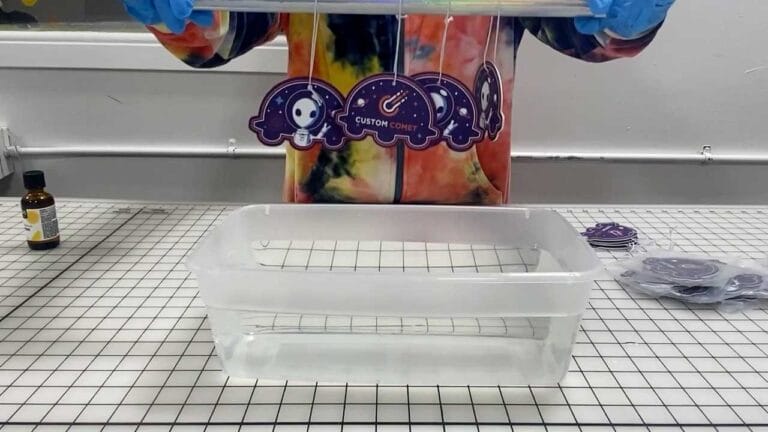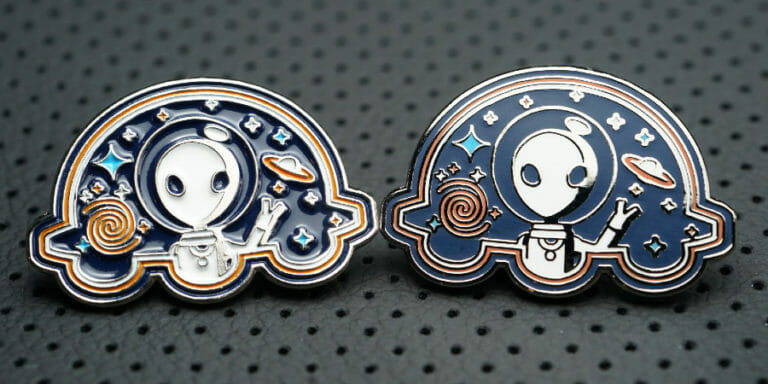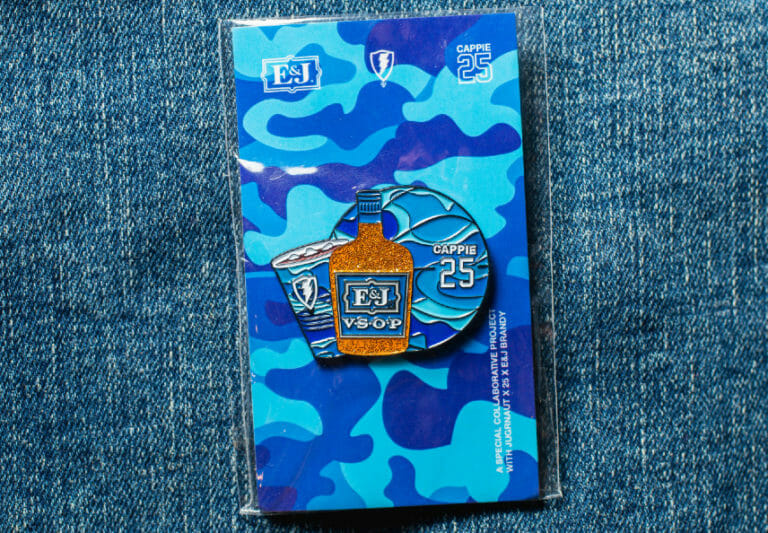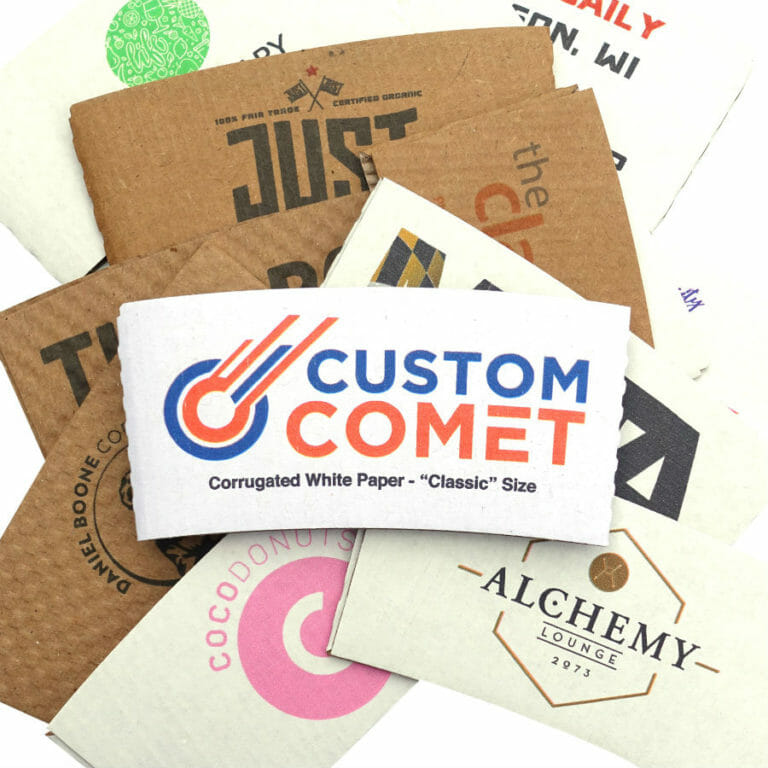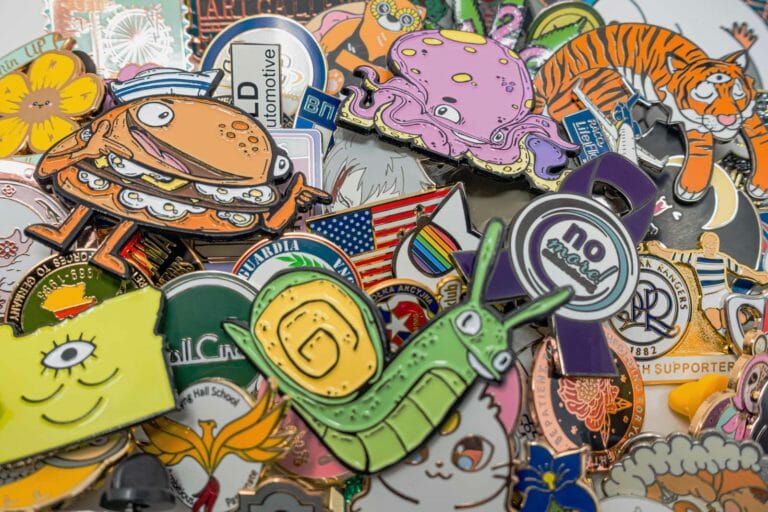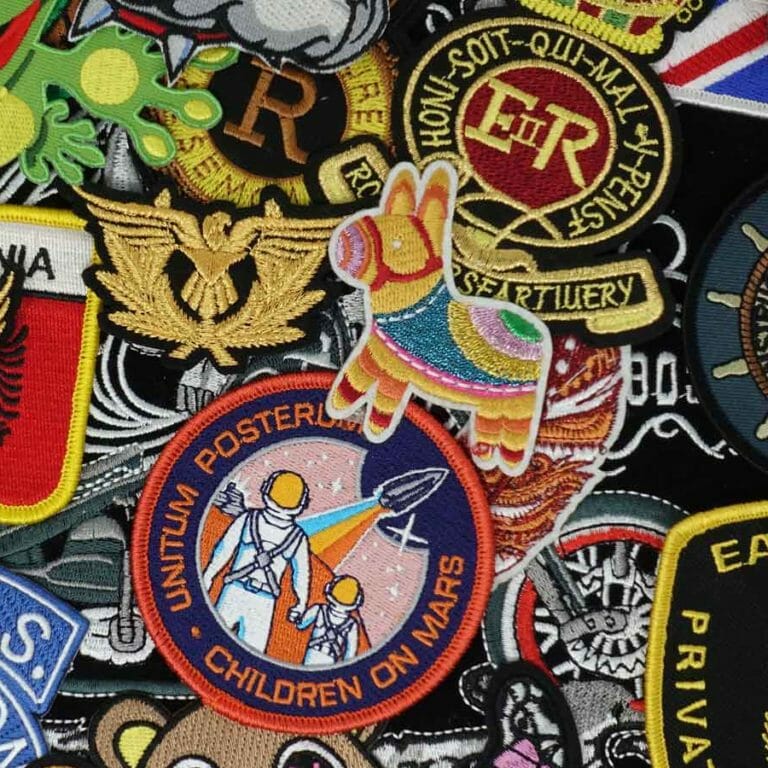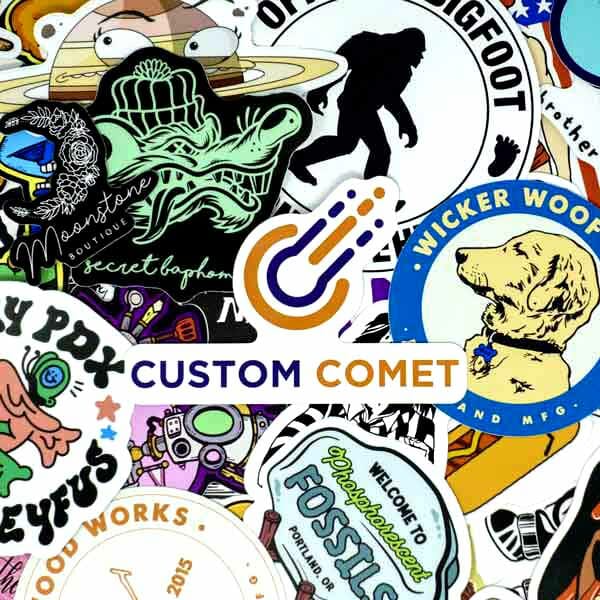When designing a custom patch as an artist or a company, the importance is in the details. A detail worth mentioning is the border of your custom patch. A border will ensure a more aesthetically pleasing and durable product, protecting them from fraying, unraveling, and ultimately allowing them to stand the test of wear and tear over time.
There are two main types of borders to choose from, each with its own set of pros and cons, depending on your overall aesthetic, budget, and needs. Merrowed (overlock) edge and Hot Cut (laser-cut) edge borders. Below is a comparison and contrast for you to better judge what is preferred for your particular project.
Merrowed Edge
Typically seen as the standard edge for an embroidered patch. Sometimes referred to as overlock, over-edge, or stitch, this edge is machine-sewn (the name Merrow comes from the sewing machine brand used to make it) and offers added durability with a traditional look that accentuates the design.
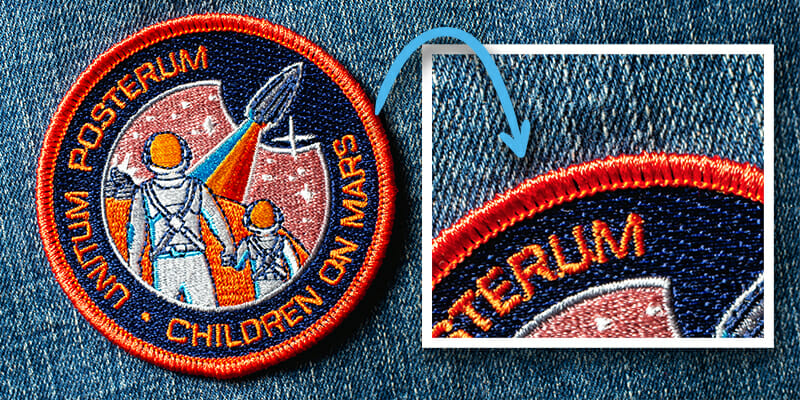
Aesthetic: Heavy and thick border that is applied after the custom design for your patch has been stitched, giving the patch’s border a “piped” and evenly finished look. The edge typically measures around 2-3mm thick. These borders are best used for simple shapes such as ovals, squares, circles, triangles, and rectangles, adding to the more traditional vibe of the patch’s design.
Durability: Because of the thick and evenly placed over-stitched edging, the merrowed edge patch is extremely durable and will resist fraying over time. They provide added protection to the inner portions of the patch.
Cost: Merrowed-edged borders typically come with a lower cost. This is due to the simplicity of the shapes they work with and makes it our most popular option.
Uses: Any patch that uses plain and/or symmetrical shapes with no pointy edges. Popular among first responders ([olice, fire, EMT), military, sports teams, and even NASA. The additional durability makes it perfect for everyday use in demanding conditions.
Hot Cut Edge
Also known as laser-cut or satin stitch, hot cut edges are the choice for patches that have unique shapes and more complex designs.
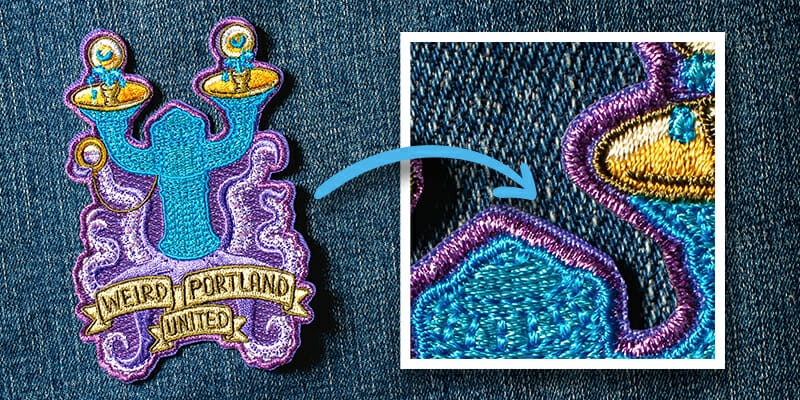
Aesthetic: A thin, simple, and flatter border is applied to your custom patch using a hot knife or laser that seals the edge together (sometimes referred to as border baking). The edge typically measures around 1mm thick. These borders are best used for more complex or custom-shaped patches that may have uneven edges, like die-cut designs. Sometimes this border choice may appear slightly unfinished from the sides. Often hot cut edging will allow your custom patches to look as if they are a part of the apparel they are attached to, giving a more seamless flow between the garment and patch.
Durability: Because of the thinner border, this patch may be more susceptible to fraying and overall wear and tear.
Cost: Hot Cut edged borders typically cost a little more due to the added time needed to make the precise cuts. However, depending on your design, this may be the only option you have.
Uses: Patches that use designs with unique shapes or sharp edges. Popular with companies using their logo as well as artists.
Still not sure which option is best for you? No worry. Let our highly qualified and experienced design team help you navigate those details in creating the best custom embroidered patch for you, your company, or your organization.

